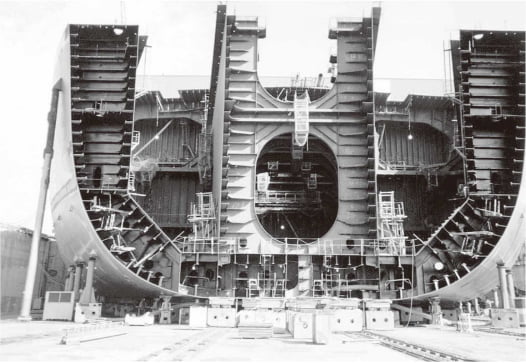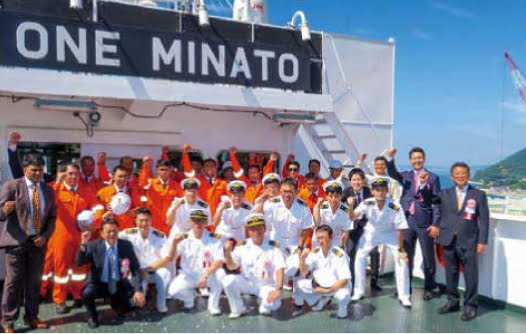Establishment of Kawasaki Kisen Kaisha, Ltd.
The outbreak of the World War I created a huge demand for new ships. Along with that demand Kawasaki Dockyard Co., Ltd., predecessor of Kawasaki Heavy Industries, Ltd., responded with construction of stock boats.*
However, at the end of the war, demand returned to normal, resulting in an excess of ships. Kojiro Matsukata, President of Kawasaki Dockyard, actively pursued progressive measures even in the face of such a situation. He thought that selling new ships overseas would only give profits to foreign shipping companies. It was his belief that in the interest of Japan’s national development, his company had to retain newly-constructed vessels for use by Japan and set up a large shipping company capable of rivaling much larger operators at the time, Nippon Yusen and Osaka Shosen. Accordingly, Kawasaki Kisen Kaisha, Ltd. was founded in April of 1919.
* Stock boats: Ships of a single type that are built predicated on a certain level of demand, before gaining specific customers.
However, at the end of the war, demand returned to normal, resulting in an excess of ships. Kojiro Matsukata, President of Kawasaki Dockyard, actively pursued progressive measures even in the face of such a situation. He thought that selling new ships overseas would only give profits to foreign shipping companies. It was his belief that in the interest of Japan’s national development, his company had to retain newly-constructed vessels for use by Japan and set up a large shipping company capable of rivaling much larger operators at the time, Nippon Yusen and Osaka Shosen. Accordingly, Kawasaki Kisen Kaisha, Ltd. was founded in April of 1919.
* Stock boats: Ships of a single type that are built predicated on a certain level of demand, before gaining specific customers.












